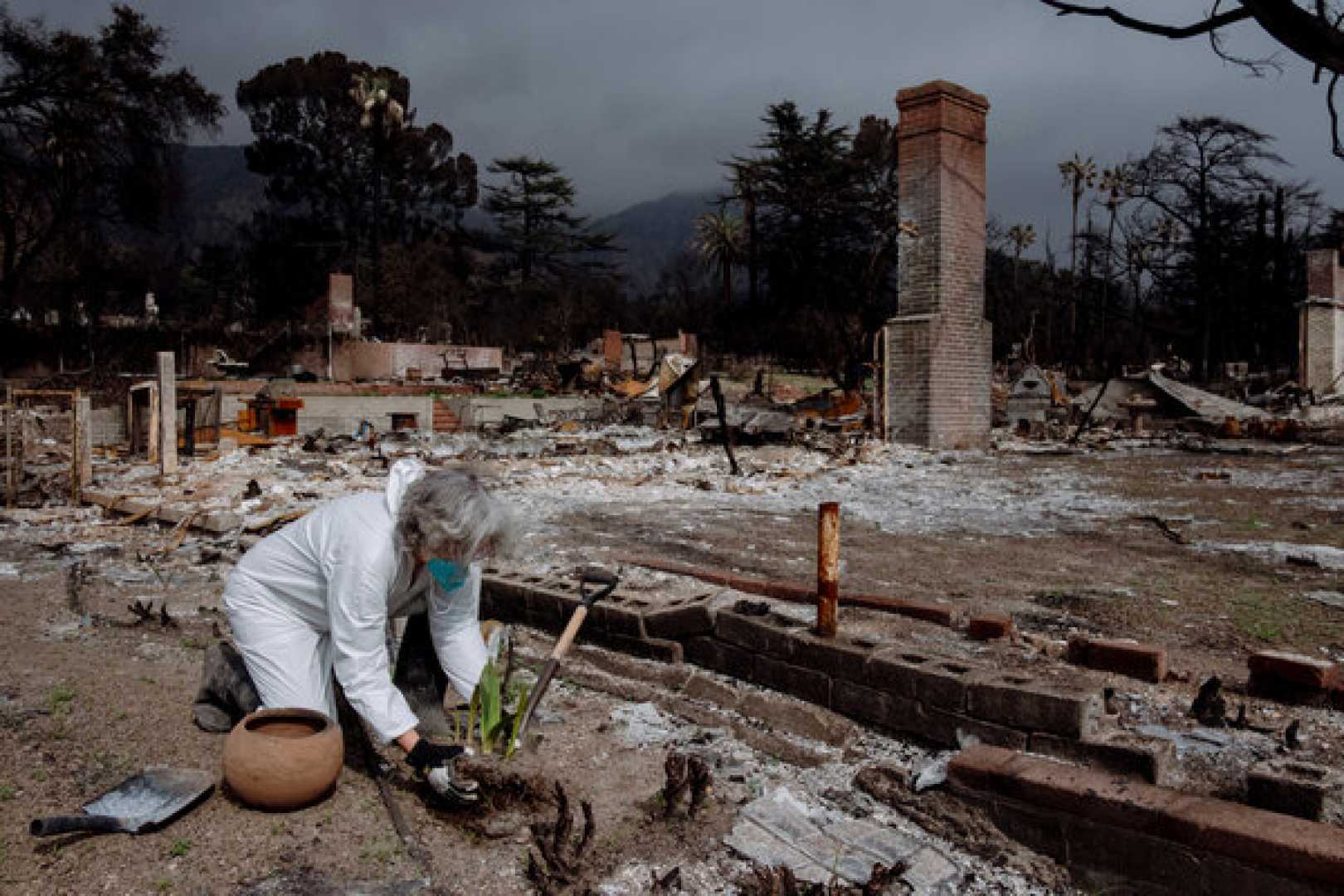News
Toxic Soil Found in L.A. After Wildfires Raise Health Concerns

Los Angeles, CA – After the devastating Eaton and Palisades wildfires in January, homeowners across Los Angeles County face a troubling dilemma regarding potential soil contamination left behind. Federal and state disaster agencies are now tasked with ensuring that soil contamination does not remain in thousands of empty lots as survivors look to rebuild.
According to a recent investigation by the Los Angeles Times, soil samples taken from the Altadena and Pacific Palisades areas revealed toxic levels of heavy metals, including lead, under homes that had undergone federal cleanup efforts.
On May 4, 2025, the Times reported that many homeowners, having signed up for cleanup services from the Army Corps of Engineers, are left uncertain about the state of their properties. In Altadena, two of the ten tested homes that were remediated still had heavy metal levels exceeding California’s safety standards, with one showing lead levels three times higher than acceptable.
“It’s a hazardous situation, and many people are unaware of what might still be buried in their soil,” said a local environmental expert. “Without proper testing, these families could unknowingly be living on contaminated land.”
The investigation also indicated elevated arsenic and mercury levels remained in yards of three homes that survived the Eaton fire—properties that did not receive federal cleanup. This raises concerns about the safety of the roughly 5,300 properties affected by the fires, particularly properties built before the 1978 lead paint ban.
“The consequences of not testing are significant,” said Jane Williams, executive director of California Communities Against Toxics. “Homeowners need to know if their land is safe for rebuilding.”
Despite these risks, federal officials have claimed that their cleanup procedures are sufficient and are not responsible for meeting state health standards on private properties. The Federal Emergency Management Agency (FEMA) has faced criticism for its decision not to conduct soil testing, which advocates argue endangers public health.
“Without effective hazard communication, homeowners are left with no options,” Williams added. “It is immoral to keep this information from homeowners.”
The implications of contamination in residential yards extend beyond health; they could impose additional financial burdens on families already coping with the aftermath of the fires. Rebuilding efforts are already in progress in the affected areas, with some homeowners opting to pay for testing out of pocket—costs that can reach several thousands of dollars.
As communities attempt to recover from the recent devastation in January, experts warn about the lasting effects of unforeseen soil pollutants compounded by existing contaminants. The absence of thorough federal assistance in this regard is leading to fears and uncertainties for thousands of California homeowners.
<p“This situation can’t continue,” said a frustrated homeowner. “I’ve spent 50 years building a life here, and now I’m worried about my family’s future.”












